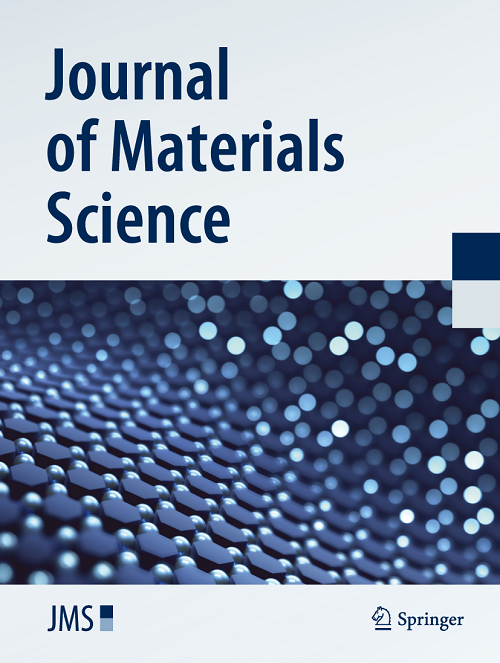Optimized plasma-synthesized silicon anodes for high-performance lithium-ion batteries
Abstract
The exceptional lithium-ion storage capacity of silicon positions it as a promising material for high-energy–density battery systems. Our research investigates the synthesis and evaluation of three silicon-based anode materials (PF-Si: Plasma-synthesized and Fine-sieved Silicon; PC-Si: Plasma-synthesized and Coarse-sieved Silicon; MC-Si: Mechanically Crushed Silicon) for lithium-ion battery applications. PF-Si fabricated through plasma-assisted synthesis under optimized conditions and sieved to a median particle size of 30–50 nm, which demonstrates exceptional structural integrity and electrochemical behavior. Firstly, XRD and Raman analyses demonstrate that PF-Si exhibits superior crystallinity, which directly facilitates efficient lithium-ion intercalation and optimizes charge transfer kinetics. Secondly, nitrogen adsorption–desorption isotherms revealed a uniform mesoporous architecture with 3–5 nm pores, the structural advantage that enables rapid electrolyte infiltration while minimizing ionic diffusion resistance. Most notably, electrochemical evaluations highlight the PF-Si anode’s exceptional performance. It delivers a specific capacity of 1107.5 mAh/g at 0.1 A/g, sustains 100.57% Coulombic efficiency over 75 cycles, and retains 68.69% capacity after 75 cycles. These findings collectively underscore the transformative potential of plasma-assisted morphological engineering in silicon anode design.
Graphical abstract

 求助内容:
求助内容: 应助结果提醒方式:
应助结果提醒方式:


